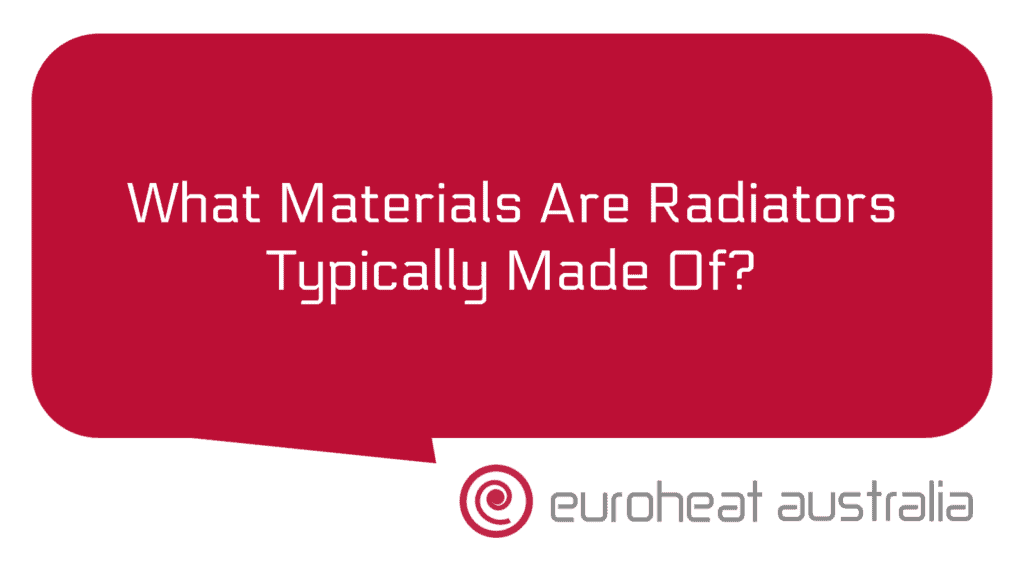If you’re looking for a reliable and efficient way to heat your home, hydronic heating is definitely an option worth considering. Radiators are the most common type of hydronic heating and they come in a variety of sizes, shapes, and materials. So, what materials are radiators typically made of?
Radiators are typically made from either aluminium or steel. The choice between the two comes down to a few factors such as cost, longevity, and heat output. Aluminium is usually the cheaper option but it tends to be less durable than steel. Steel radiators also provide better heat output because they can hold more water per unit area. However, steel radiators can rust over time so they need regular maintenance.
Aluminium radiators tend to be lighter than steel ones and they are better suited for areas with high humidity as they don’t rust as easily. Aluminium radiators also offer uniform heating since they distribute heat evenly across their surface area. The downside is that aluminium radiators don’t last as long as steel ones so you may have to replace them more often.
No matter which material you choose for your radiator, installing one can provide significant energy savings for your home by reducing the amount of energy needed for heating up your home each day. If you install a radiator with a thermostat, you can save even more energy by only heating up the rooms that need it when needed, instead of running it all day long at full capacity. This can help reduce your energy bills significantly over time – especially if you live in an area with high electricity prices!
And when it comes to installing your radiator in Perth, there’s no better team to trust than Euroheat Australia – Perth engineers & installers who have 30 years of experience designing & constructing hydronic heating & cooling systems. With their help, you’ll be able to ensure that your radiator is installed properly and efficiently – saving you both money and time on installation costs and energy bills in the long run!





